Bike tires need the right amount of air pressure to work well. Improper inflation can cause a bike to wobble, make it harder to pedal, and wear out the tire more quickly. How To Check Bike Tire Pressure and So how do you know how much air your tires need? In this blog post, we’ll show you how to check bike tire pressure and adjust it if necessary. Stay safe and have fun riding your bike!
1. Road Bikes
Road bikes and tires are designed for speed and agility, with higher air pressure that makes them easier to roll and more responsive. A typical range for these tires is between 80 and 130 psi, although some professional racers may inflate their tires to as high as 160 psi.
If you’re ever in a situation How To Check Bike Tire Pressure on your bike without a gauge, here’s a quick tip: at 100 psi, a tire can barely be compressed with your thumb. Whether you ride for pleasure or for competition, having the right amount of tire pressure is essential for maintaining control and getting the most out of your bike. So make sure to check your tires regularly and keep them inflated at just the right level to get the most out of every ride!
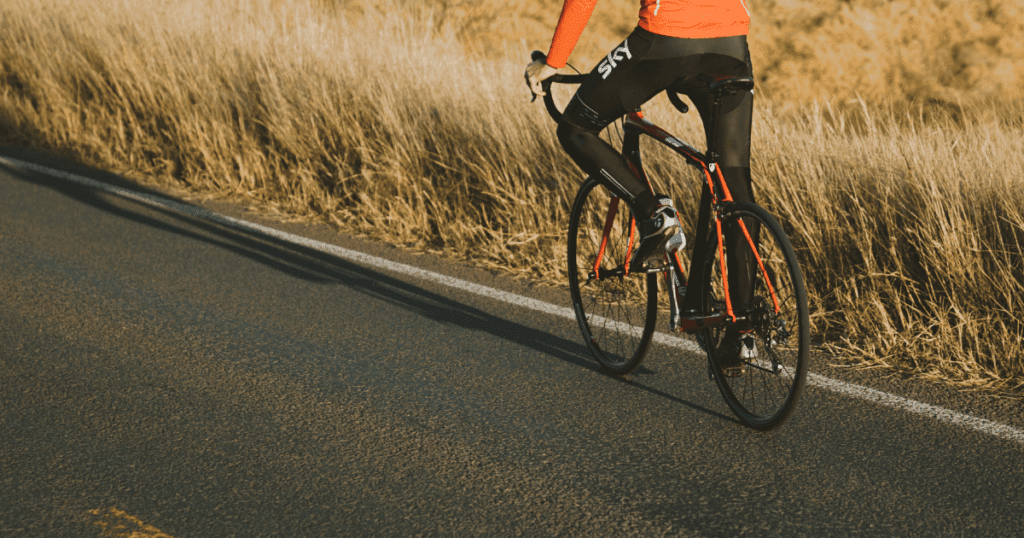
2. Mountain Bikes
When riding a mountain bike, it is important to have the right amount of air pressure in your tires. Too much air can lead to a bumpy, jolt ride that is neither comfortable nor effective when navigating loose, rough terrain.
On the other hand, not enough air pressure can reduce shock absorption and make it harder to maintain traction on the ground. According to most MTB manufacturers, the ideal tire pressure lies somewhere between 30 and 50 psi, which strikes a nice balance between on-road and off-road riding.
How To Check Bike Tire Pressure. To find the optimal tire pressure for your bike and How To Check Bike Tire Pressure, you will first need to check how much air is currently in your tires. You can do this simply by using a pressure gauge or by checking the recommended pressure level specified by your bike’s manufacturer.
Once you have this information, you can experiment with different levels of air in order to find the one that offers the best performance for your particular riding style and terrain. With a little trial and error, you will be able to optimize your tire pressure and enjoy smoother, more efficient rides on any type of terrain.
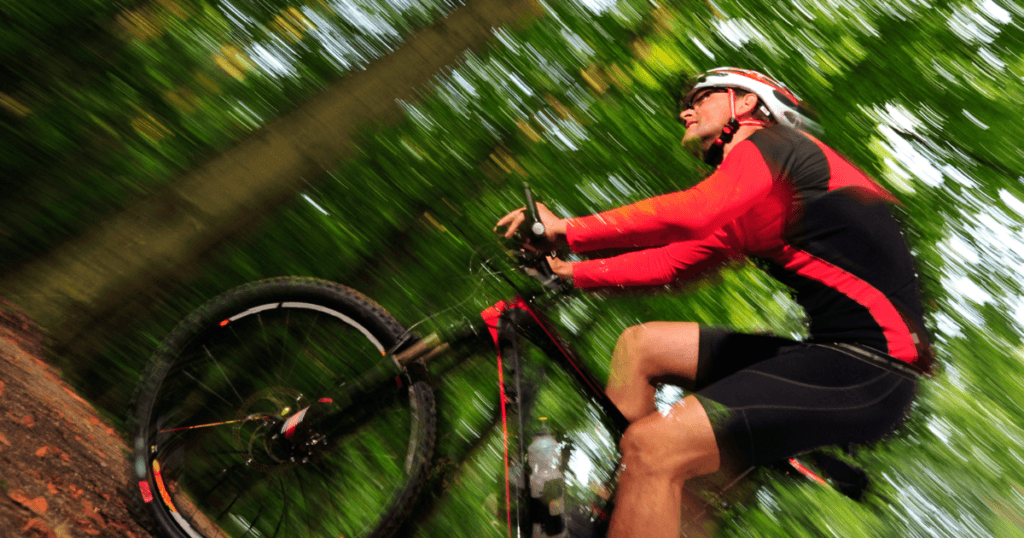
3. Other Bikes
When it comes to your bike tires, How To Check Bike Tire Pressure and finding the right pressure can be tricky. Hybrid bikes, which are a combination of road and mountain bikes, have pressure levels that fall somewhere in between these two types of bikes. Most experts recommend inflating hybrid bike tires to between 50 and 70 psi, depending on factors like your riding style and how heavy you are. However, there are also other important things to keep in mind when checking the pressure of your bike tires.
You Might Be Interested In This: 10 Best Tips on How To Maintain A Bike
For example, kids’ bikes typically require much lower inflation levels than regular bikes do, typically somewhere between 20 and 40 psi. Ultimately, how much air you need to inflate your bike tires will depend on a number of different factors, so it’s always best to consult with an expert if you’re not sure what level of inflation is right for you. But by keeping these key tips in mind when How To Check Bike Tire Pressure, checking your bike tire pressure, you’ll be able to get the right amount every time and enjoy a smooth and safe ride!
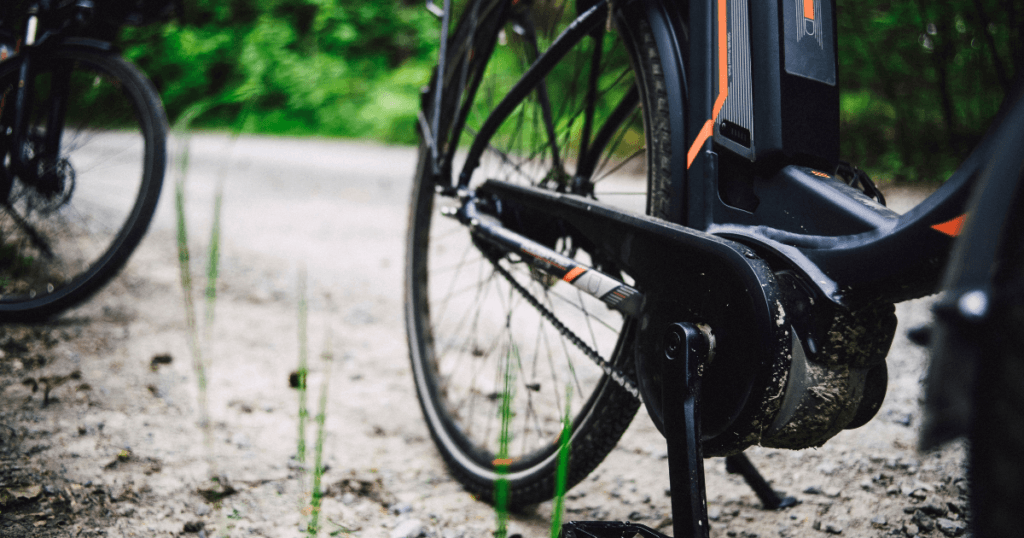
4. Other Bike Inflation Factors to Consider
Weight of the rider
How To Check Bike Tire Pressure, the first step is to find out how much you weigh. This information is important because how much pressure you need in your tires depends on how heavy you are. Once you know how much you weigh, the next step is to make sure that your tires are inflated properly. Most bike tires will have a specific PSI (pounds per square inch) range written on them, so you can easily figure out how much air they should have.
How To Check Bike Tire Pressure If you aren’t sure how to measure this accurately, there are various tools available online or at your local bike shop that can help. Once your tires are inflated properly, it’s time to get out there and ride! Whether you’re heading out for a long day of exploring or just going down to the corner store, knowing how to check and adjust your tire pressure will help keep you safe on the road and give you the confidence to take on any biking challenge. So go ahead and celebrate being able-bodied by getting out and exploring the world on two wheels!


Temperature
When it comes How To Check Bike Tire Pressure, there are a few things you need to keep in mind. First, it’s important to consider the temperature outside. If it’s especially hot or cold out, there might be a difference in how much air your tires need. Second, make sure that you have a good tire gauge and know how to use it properly.
And finally, take some time to familiarize yourself with how the tires on your bike should feel when they’re fully inflated. With these tips in mind, you should be able to check your bike tire pressure easily and effectively every time. Whether you’re braving the elements on a long ride or simply cruising around town, having properly inflated tires is key for staying safe and enjoying your ride.
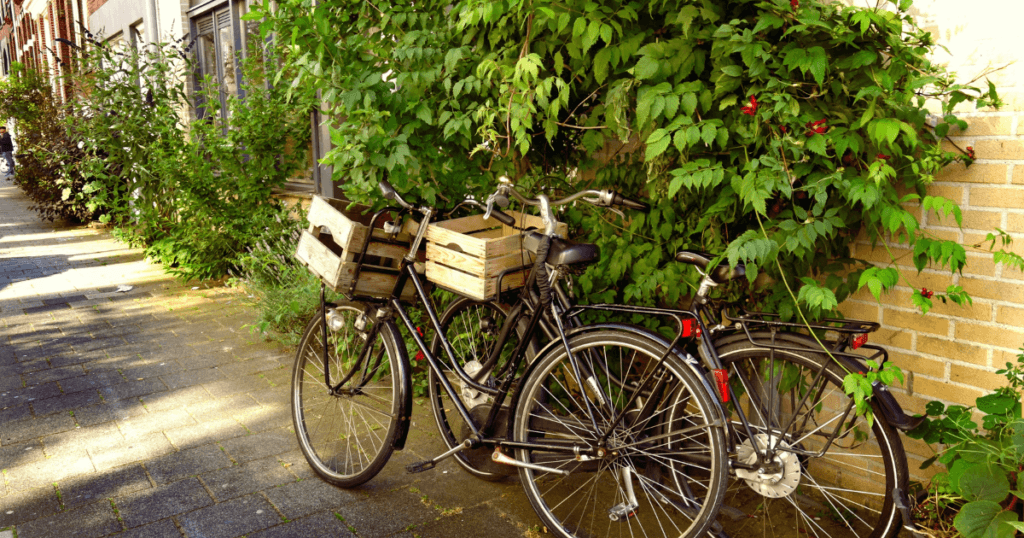

Over-inflation vs. Under-inflation of tires
How To Check Bike Tire Pressure and checking your bike tire pressure, it’s important to understand the difference between over-inflation and under-inflation of your tires. Over-inflating your tires can lead to reduced traction, making it more difficult for you to control your bike on various terrain. On the other hand, under-inflated tires pose a risk of blowouts or bursting, which can be dangerous if you’re out on a long ride.
How To Check Bike Tire Pressure, start by locating the recommended range printed on either the tire itself or the side of your bike’s frame. Using a reliable pressure gauge, slowly inflate or deflate your tires within this range until you achieve the desired level of pressure.
This can vary depending on different factors such as how heavy you are as a rider, how frequently you go on rides, and what type of terrain you typically encounter on those rides. How To Check Bike Tire Pressure, Overall, maintaining the right level of air pressure in your bike tire is essential for ensuring a safe and enjoyable ride every time.
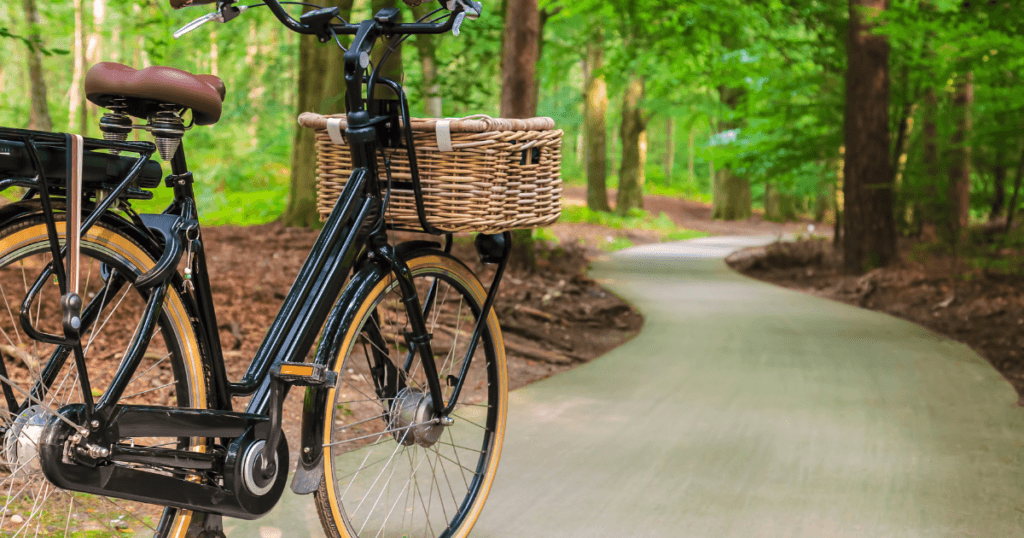

Frequency
When it comes to How To Check Bike Tire Pressure, there are a few things to keep in mind. Generally, tires should be checked at least a few times a month, especially if you tend to use your bike frequently. At a minimum, you should check your tire pressure before heading out on a ride, and make sure to check for any signs of wear and tear, such as cracks or holes in the rubber.
Another important thing to consider when checking how often should I check my bike tires is how much air you are adding. If you over inflate your tires, they can become more susceptible to punctures, while underinflated tires can lead to reduced safety and performance on the road or trail. To ensure that your tires are at their optimal level of inflation, it is best to use a special gauge or other tool designed specifically for measuring tire pressure.
In addition to checking how often should I check my bike tires regularly, it is also important to stay on top of any other maintenance tasks that may arise. For example, if you notice that touching certain parts of your bike leaves black streaks or dust on your hands, this might indicate that the brakes need adjusting or replacing. By taking the time to do regular maintenance checks as part of how how to check bike tire pressure, you can help ensure that you keep yourself safe and comfortable when riding


5. Bike Pump Options
Floor pumps
If you’re a cyclist, having a good floor bike pump is essential. These pumps help you to quickly and easily top up your tires, making sure that they are always at the right pressure for optimal performance and safety. The first step in using a bike pump is to make sure that the air valve on your tire is tightly closed.
Once this is done, all you need to do is connect the pump’s hose to the valve and begin pumping. Some pumps come with an integrated pressure gauge, which makes it easy to check tire pressure as you go. And when you’re done pumping, be sure to wipe off the nozzle before storing your pump away. With regular maintenance and care, a high-quality floor bike pump can serve you well for years to come!
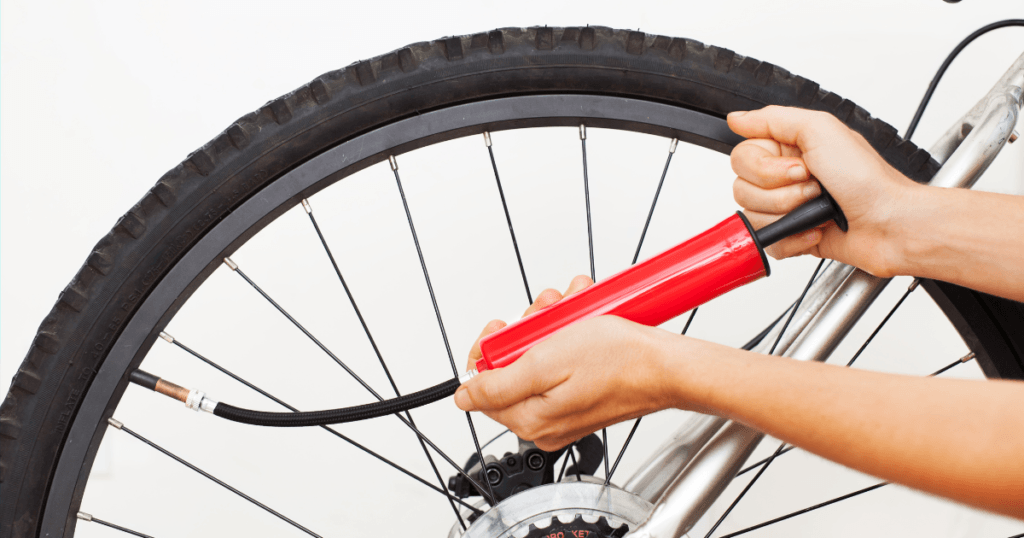

Hand pumps
A hand bike pump is a simple yet effective tool for keeping your bicycle tires properly inflated. To use a hand bike pump, first find the recommended pressure range for your bike tires. This information should be printed somewhere on your tire or in the bike’s manual.
Once you have this number, place the nozzle of your hand bike pump over the valve on one of your tires and begin to push down on the top of the pump handle. As you do this, you should hear and see air being forced into the tire. Keep pumping until you reach your desired pressure level.
To check whether or not your tire pressure is appropriate, it’s a good idea to consult a tire gauge. Simply press the tip of the gauge onto one of your tires and read how much air is currently inside. If you find that you need to add more air or that there is too much air in one or more of your tires, just take a few minutes to fine-tune their inflation levels using your hand bike pump. With regular use, a hand bike pump can help keep your bicycle in great shape and ready for any kind of riding adventure!



How do I know if my bike tires have enough air?
What is the right pressure for my bike tire? It’s usually listed on its sidewall. If you have a range, say 35-80 psi (that stands for “pounds per square inch”), then there are two options to choose from: either use an accuracy gauge or just guess at what feels comfortable when riding with lots of rubber down your street!
Conclusion
That’s it! You now know how to check your bike tire pressure. It’s a quick and easy process that can help keep you safe while riding, and it only takes a few minutes. Be sure to check the pressure in your bike tires before every ride for the best experience. Have you ever had to pump up your tires before a long ride? Leave a comment below and tell us about it! We’d love to hear from you.
